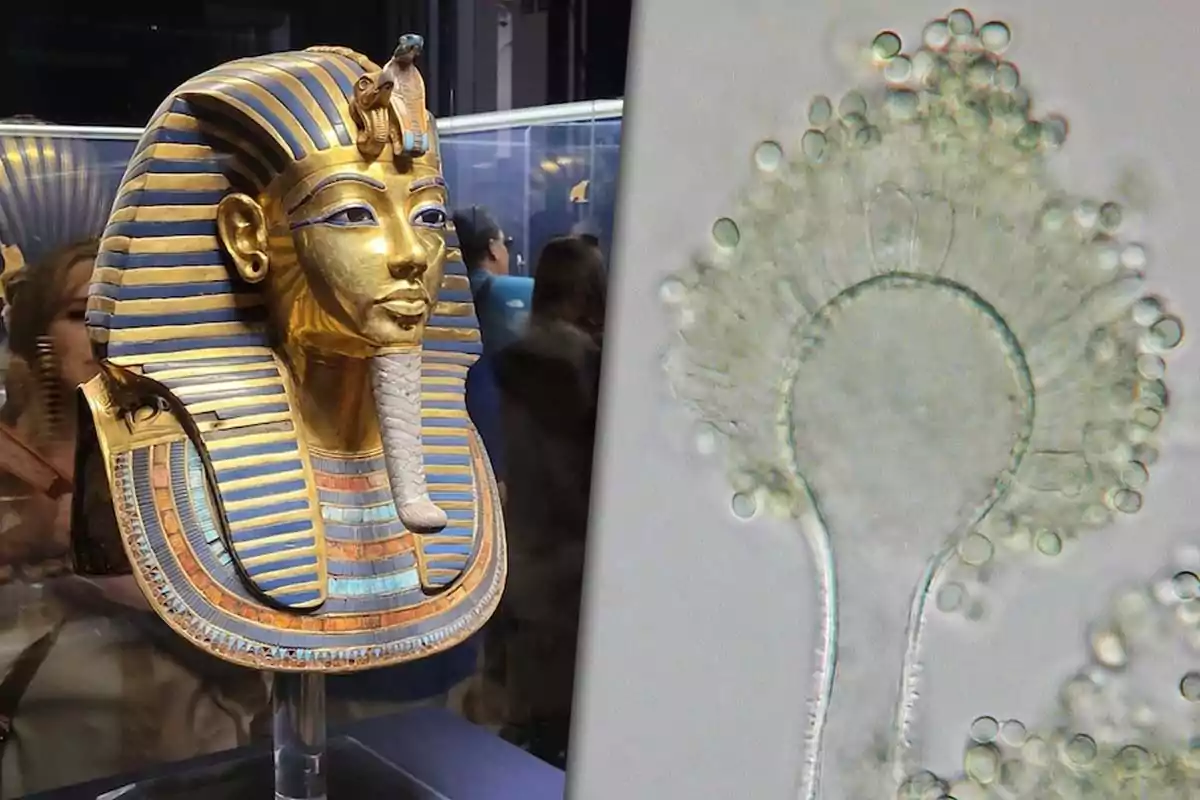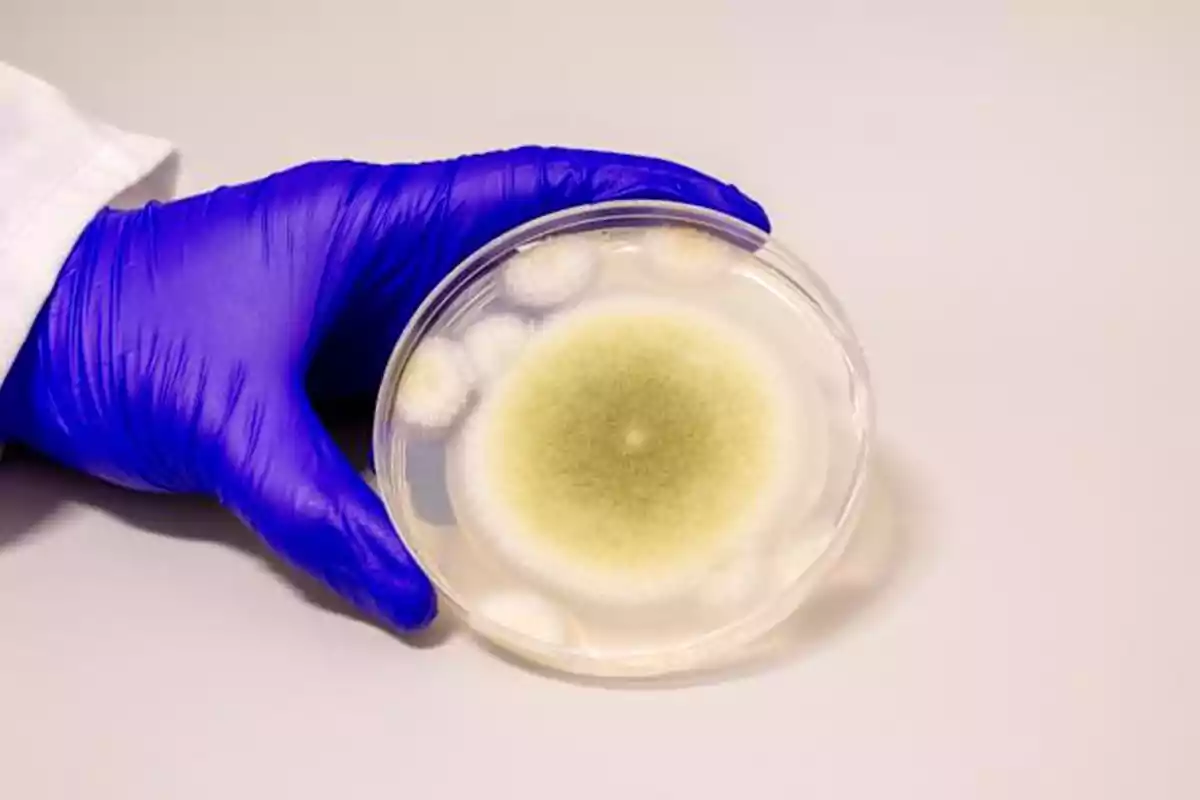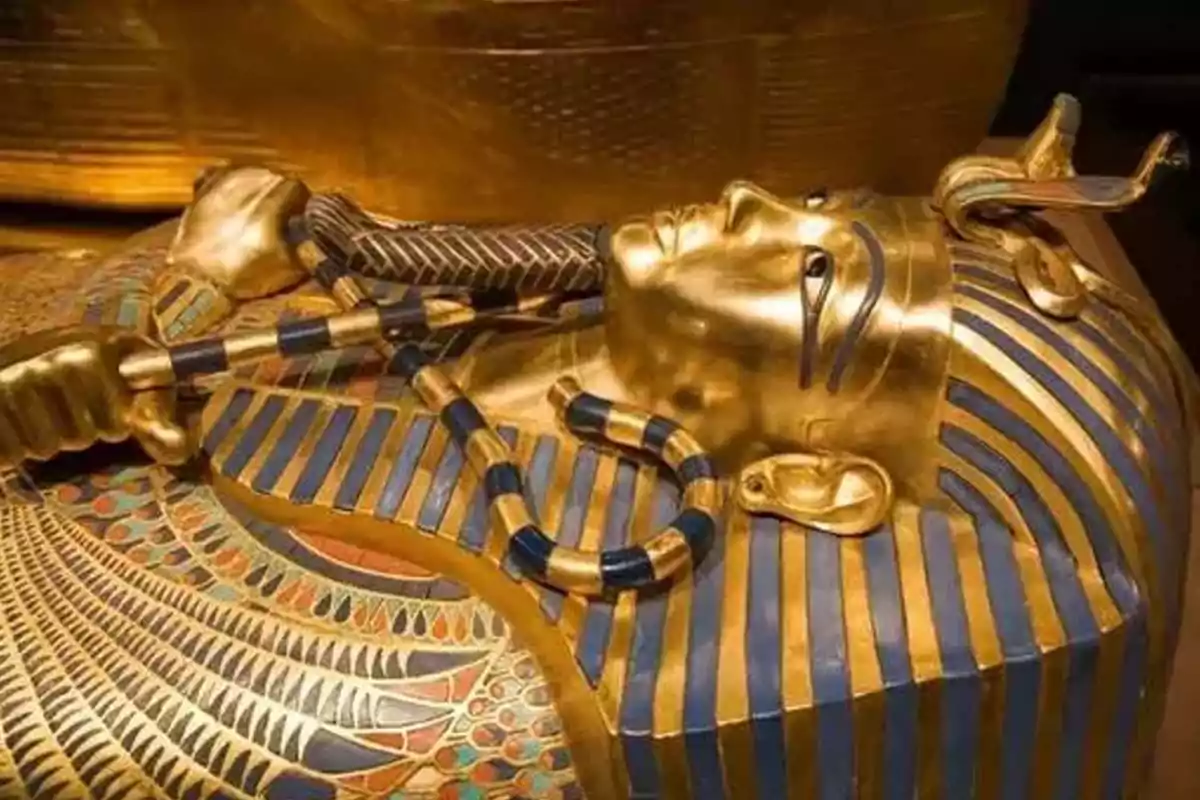
They believed it was a curse: Tutankhamun's fungus could now save lives
A lethal fungus found in Tutankhamun's tomb shows promising results against cancer
What for years was believed to be a curse could now become a source of hope. A deadly fungus found in Tutankhamun's tomb is beginning to show therapeutic potential against cancer.
The tomb that instilled fear for decades due to mysterious deaths could now hold a possible cure. Modern science is once again focusing on what once seemed to be just a legend.

What's behind the "pharaoh's curse"?
Since Tutankhamun's tomb was opened in 1922, several sudden deaths among archaeologists and workers fueled the idea of a pharaonic curse.
Today, researchers believe the true cause was Aspergillus flavus, a fungus whose spores can cause severe respiratory infections, especially in people with weakened immune systems.
From toxic agent to potential medicine
The unexpected turn came with a study from the University of Pennsylvania, published in *Nature Chemical Biology*. The study explains how the fungus could become an ally for medicine.

This organism produces compounds called RiPP peptides, which can be chemically modified to target tumor cells without affecting healthy tissues.
How do these peptides work?
Through a process called lipidation, RiPPs change their structure to acquire therapeutic properties. Some have already shown efficacy against leukemia cells in preclinical trials.

One of them, named asperigimycin, managed to activate immune responses that destroy cancer cells. This is a discovery that excites the scientific community.
A long road ahead
Researchers admit that significant progress is still needed: purifying the compound on a large scale and creating safe formulations for humans.
Even so, this potential treatment demonstrates how an element associated with fear and death can be rewritten as a tool for life.
More posts: